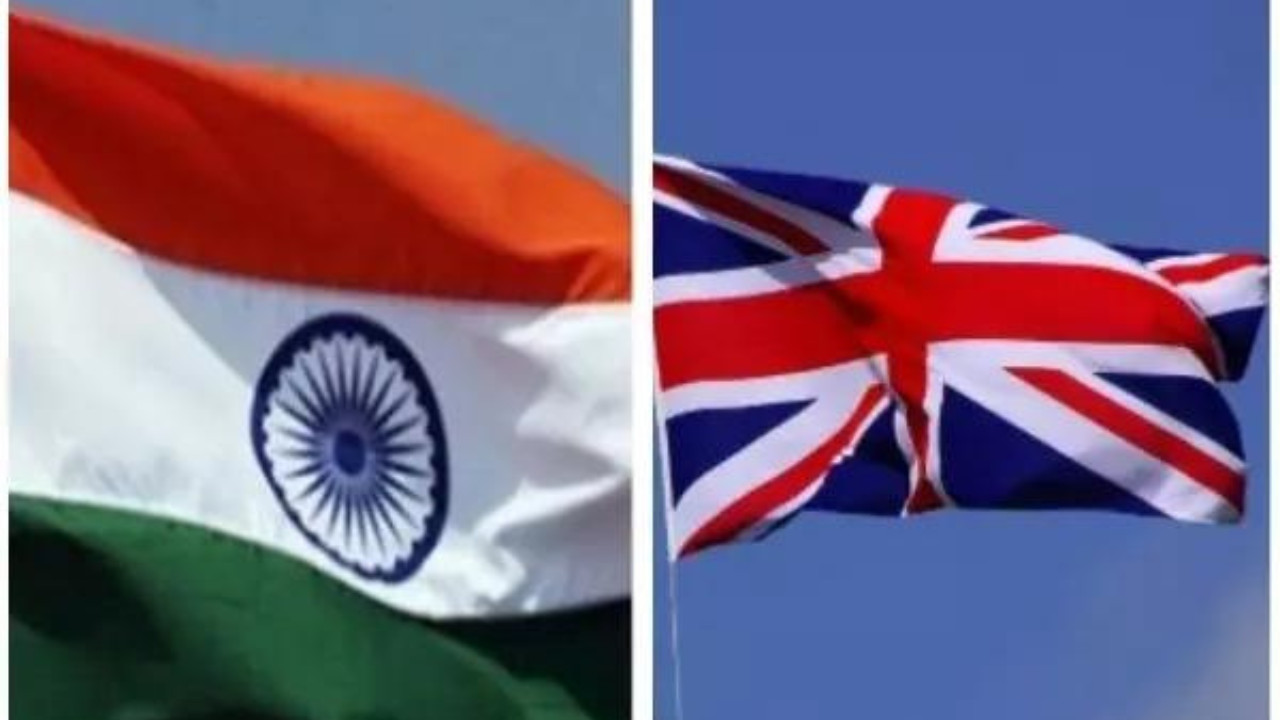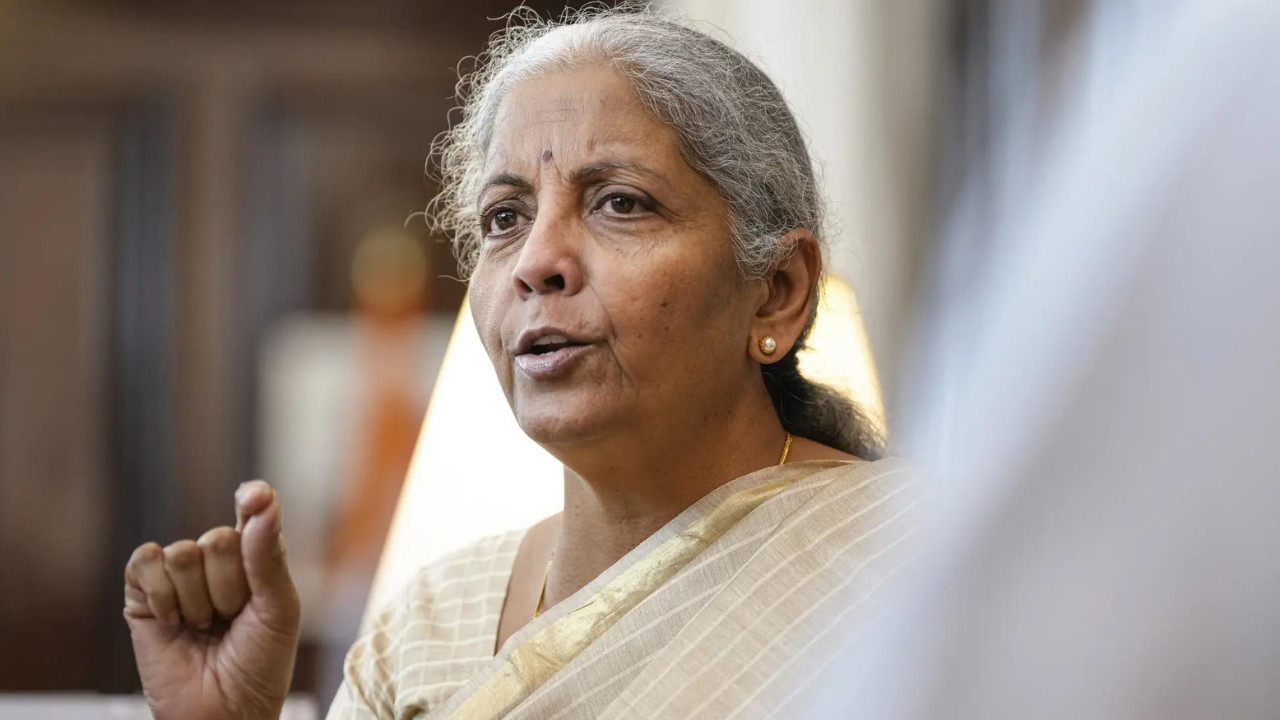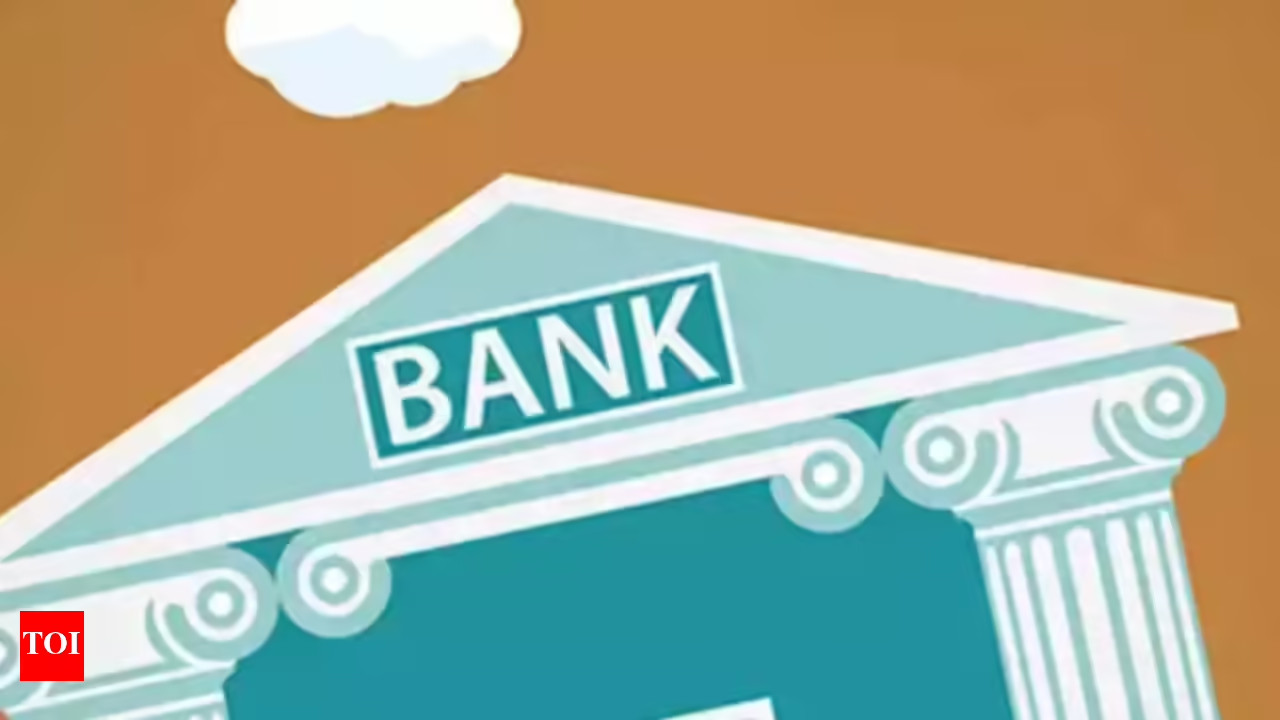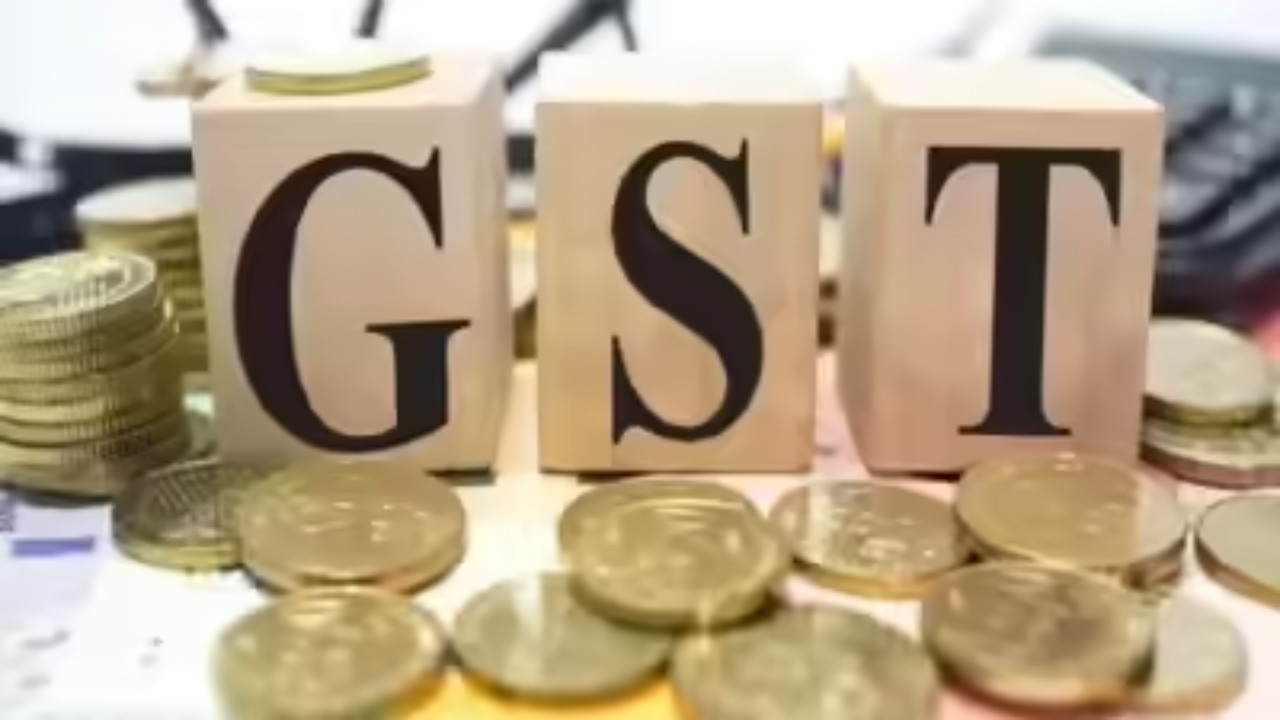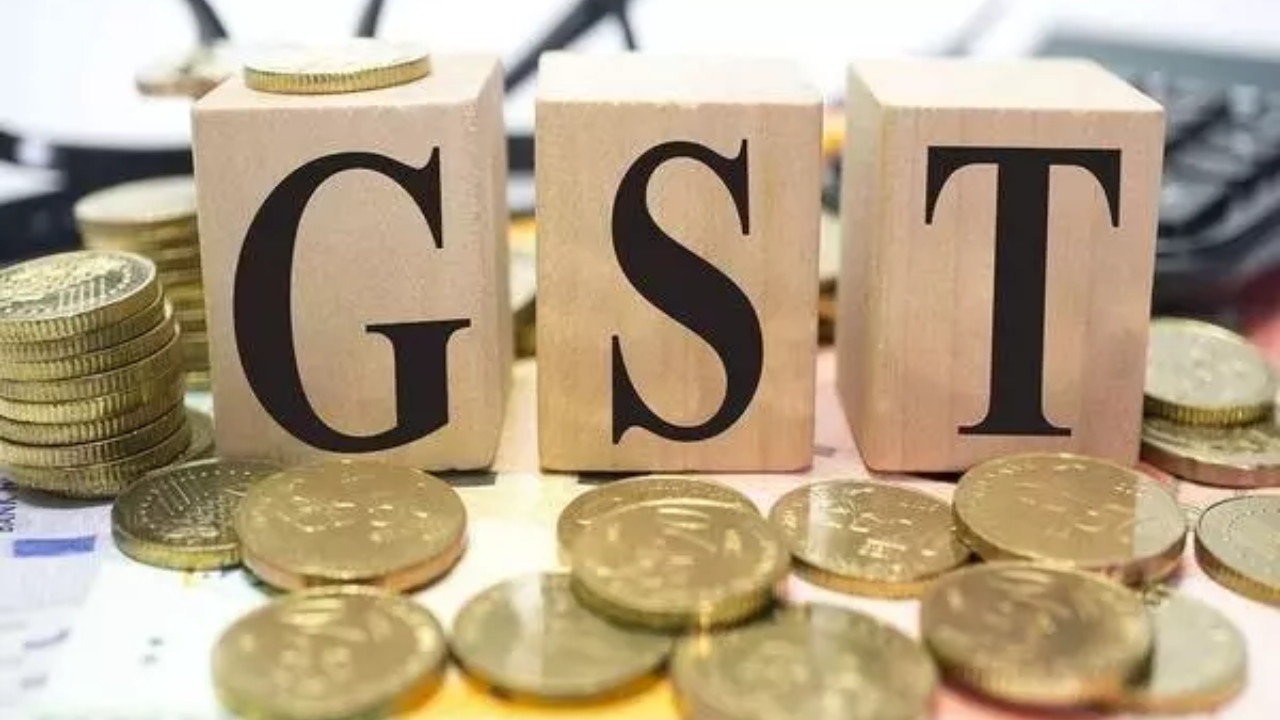UK Business and Trade Secretary Jonathan Reynolds highlighted the Free Trade Agreement with India as a significant economic victory, potentially boosting bilateral trade by GBP 25.5 billion annually. Reynolds emphasized the competitive advantage for the UK in advanced manufacturing sectors like automotive and machinery.
Beyond the Haggis: Is the India-UK Trade Deal a Recipe for Success?
Okay, let’s be honest. Trade deals? They can sound about as exciting as watching paint dry. But occasionally, one comes along that actually makes you sit up and take notice. And this, my friends, could be one of them. We’re talking about the shiny new trade agreement between India and the United Kingdom.
The chatter from across the pond is practically deafening. British MPs are calling it a “landmark win,” touting the potential GDP boost like they’ve just discovered the fountain of economic youth. High praise, indeed. But let’s unpack this haggis (figuratively speaking, of course – though maybe Scotch whisky will be cheaper now?) and see what’s really cooking.
The overarching narrative is pretty clear: both nations are looking to significantly ramp up their trade game. For the UK, post-Brexit life has meant scrambling to forge new alliances and partnerships. India, with its booming economy and massive consumer market, presents a juicy prospect. Forget the Empire, it’s all about the economics now, baby!
The potential wins for the UK seem focused on key sectors like automotive, machinery, and, crucially, services. Think easier access for British lawyers, architects, and consultants to the Indian market. That’s a big deal, injecting some much-needed energy into the UK’s professional services sector.
But what about India? Is this just another instance of a smaller nation being steamrolled by a larger, more established power? The short answer? Seems unlikely. India’s poised to benefit handsomely too, particularly in sectors like textiles, agriculture, and potentially pharmaceuticals. Cheaper tariffs mean Indian goods become more competitive in the UK market. Imagine more beautifully crafted Indian fabrics gracing the shelves of British boutiques, and more affordable Indian produce filling supermarket aisles.
What’s especially interesting is the subtle shift in power dynamics this deal signals. For years, the narrative has been one of the UK as a mature, developed economy lending a hand to a developing India. While elements of that remain, this trade deal feels different. It’s a genuine partnership, recognizing India’s growing economic clout and its burgeoning role on the global stage.
Of course, with any complex agreement, there are potential pitfalls to navigate. For example, ensuring fair competition and protecting domestic industries will be paramount. India needs to be vigilant about safeguarding its smaller businesses from being overwhelmed by larger UK corporations. Similarly, the UK needs to consider the potential impact on its own agricultural sector, ensuring farmers can compete in a more open market.
And let’s not forget the ever-present specter of bureaucracy. Trade deals on paper are one thing, but making them work in practice requires streamlining processes and cutting through red tape. Both governments need to be laser-focused on implementation, ensuring that businesses of all sizes can actually take advantage of the new opportunities.
Beyond the specific details, this deal represents something more profound: a rekindling of historical ties, albeit with a modern, economically driven twist. India and the UK share a complex history, marked by both collaboration and conflict. This trade agreement offers a chance to build a more equitable and mutually beneficial relationship, one based on shared prosperity and mutual respect.
Ultimately, the success of this trade deal will depend on the commitment of both nations to making it work. It will require proactive engagement from businesses, clear communication from governments, and a willingness to adapt and innovate.
So, is this really the “best deal India has ever offered,” as some are claiming? That’s a bold statement, and time will certainly tell. But the initial signs are promising. It’s a deal that acknowledges India’s growing economic power, creates opportunities for both nations, and has the potential to reshape the future of their relationship.
Now, if you’ll excuse me, I’m off to check the price of Scotch whisky. Just in case. And maybe start planning a trip to see those textiles in the UK!
📬 Stay informed — follow us for more insightful updates!
